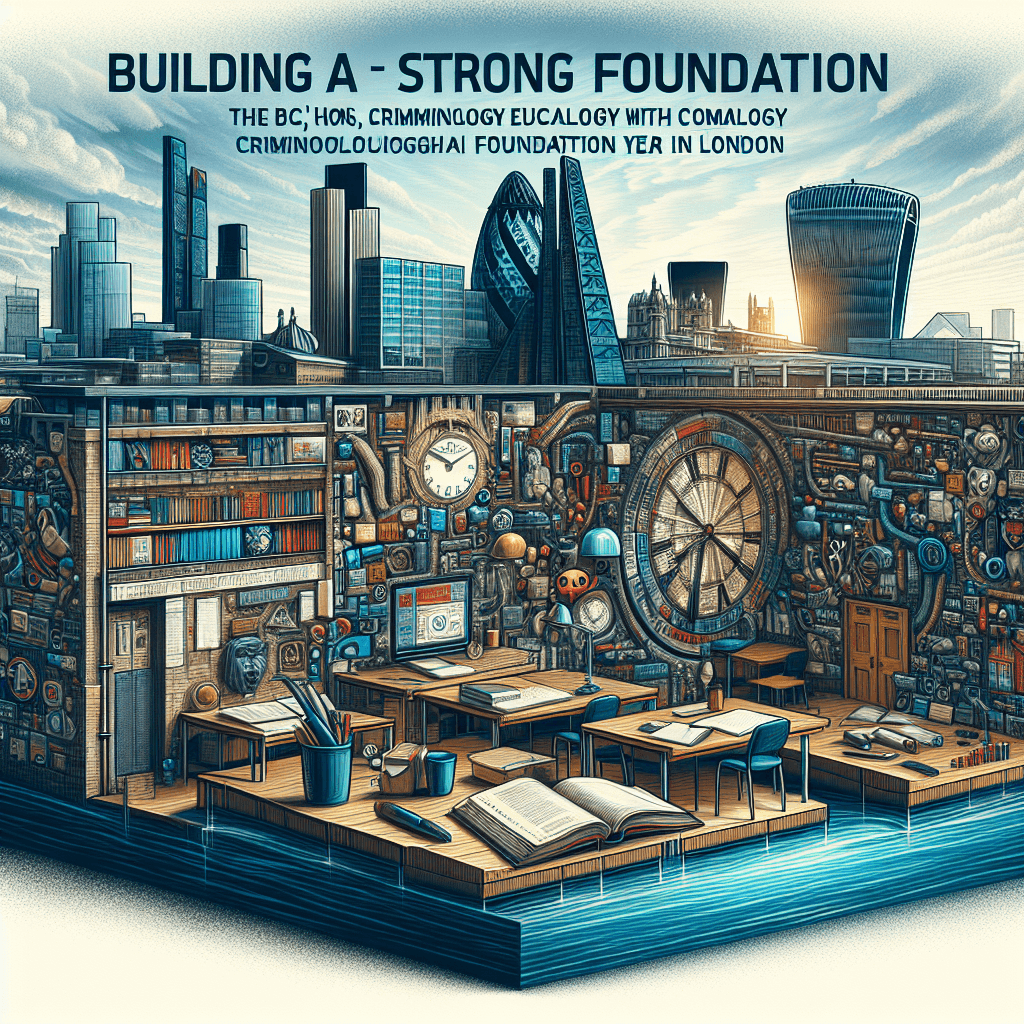Unlocking Hazard-Free Environments: A Beginner’s Guide to Building Safety Management
As building designers, managers, and maintenance teams, creating safe and secure environments for employees, visitors, and occupants is crucial. Identifying and managing potential hazards can mean the difference between life and death, especially in high-risk industries such as manufacturing, healthcare, and construction. In this beginner’s guide, we will walk you through the essential steps of building a safety management system, ensuring that you unlock a hazard-free environment.
Understand the Safety Regulations
First and foremost, familiarize yourself with the local regulations and international standards governing building safety. Key legislations like the Occupational Health and Safety (OSH) Act and the Health and Safety Executive’s (HSE) Construction Design and Management Regulations (CDM) guide are essential. The International Labor Organization’s (ILO) code of practice, "Principles of OSH Policy" is another invaluable resource. Research and adherence to these standards are vital for safeguarding personnel.
Assessing Potential Hazards
Performing regular hazard assessments is an indispensable aspect of building a comprehensive safety management system. Visualize potential threats like:
- Ergonomic risk (e.g., repetitive strain, manual handling)
- Falling hazards (e.g., clutter, uneven walkways)
- Slips and trips (e.g., spilled substances, exposed cables)
- Fires and explosion risks (e.g., inadequate emergency exits)
-
Noise-related hearing loss
Document each potential hazard, describing its location, type, probability of occurrence, and potential harm caused. Implement temporary measures until long-term fixes can be undertaken.
RISK ASSESSMENT Matrix: A Crucial Tool
| When evaluating a specific hazard, a RISK ASSESSMENT matrix comes into play. By considering Probability x Impact = Overall Risk Rating (ORR), you will focus on critical issues. Example: | Criteria | Low | Moderate | High | Critical |
|---|---|---|---|---|---|
| Probability | Less | 31% | >90% | <1% | |
| Impact | Minor | Localized | Generalized | Business-threatening |
With this rating system, your efforts will focus on the top quartile risks with the greatest need for remedial action.
Implement Preventive Measures and Train Staff
Transform your site-specific hazards into effective control strategies by:
- Enforcing rigorous quality control, with regular site visits and performance assessments
- Improving workspace conditions, storage practices, and labeling
- Upgrading facilities with safety technologies and equipment (e.g., sensors, access control)
- Investing in PPE (personal protective equipment)
- Providing relevant employee training: proper use, testing, inspection, and communication of safety features and procedures
- Encourage continuous reporting, discussing, and actioning findings
- Integrating safety guidelines with existing workflow systems
Regular site inspections ensure all measures remain up-to-date, and effective action is taken should issues arise. Engaging all personnel with thorough training guarantees employee awareness, trust, and enthusiasm for ongoing site safety maintenance.
Building and Maintaining Accountability
Sustainable safety can be achieved when personnel are entrusted to maintain this delicate balance of identifying, prioritizing, and remediating potential hazards.
Accountability is Key
Appoint responsible, trained representatives with the autonomy to:
Monitor workplace conditions, compliance, and trends
Recognize and tackle latent hazards as opportunities arise
Mentor employees, address issues, and create a strong organizational culture around site safety
Update policies and protocols as conditions dictate
Your ultimate goal? Inculcate an organizational awareness for safety’s imperative role and establish a permanent link between good housekeeping practices, quality products/services, and bottom-line gains.
#Unlocking #HazardFree #Environments #Beginners #Guide #Building #Safety #Management







